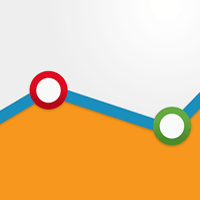Google Universal Analytics - What to Know

Google has officially released its Universal Analytics offering to the digital masses. While unlikely that there will be a virtual stampede to use the enhanced platform (at least right away), doing so could certainly position your enterprise for success in the future. The reason? You'll know more (way more) about your users and the performance of your digital properties than with the classic version.
Launched in beta back in October 2012, Google's Universal Analytics release enables firms to import their own datasets into its analytics system in order to understand how customers interact with a business across many devices (including mobile, tablets and PC's) - and touch points (search, advertising, etc.). Why is this important? More control over the type and depth of information collected leads to more refined (and better) analysis. Ultimately that provides a more complete vision of the marketing funnel.
Universal Analytics exposes configuration options in the administration panel that were accessible previously only to developers through an API. Now, pretty much any user can customize and control reporting of traffic from organic search sources, have better handling of session and campaign timeouts, exclude referrals and search terms as needed, and even implement a broad range of custom dimensions and metrics (the new tracking code also works on subdomains).
Essentially, the Universal Analytics platform introduces a new set of features that change the way data is collected and ultimately organized. In addition to a name change for the actual tracking snippet - from ga.js to analytics.js - Google also reduced the number of cookies (from four to one) and extended the life of the tracking cookie to two years.
The offering has apparently been well received by some big brands. PriceGrabber VP of Marketing Rojeh Ananesian (in a video in Google's official post - included below) discussed how using Universal Analytics help server users better by providing them with "more relevant content and shopping results."









